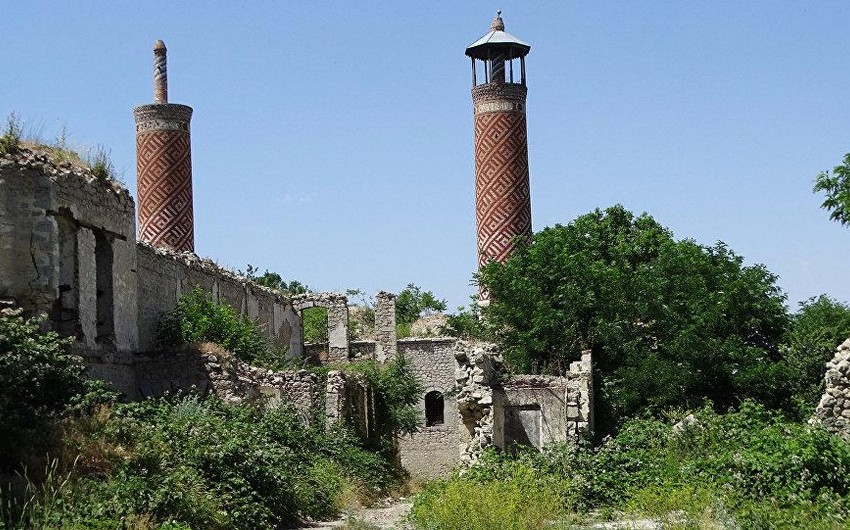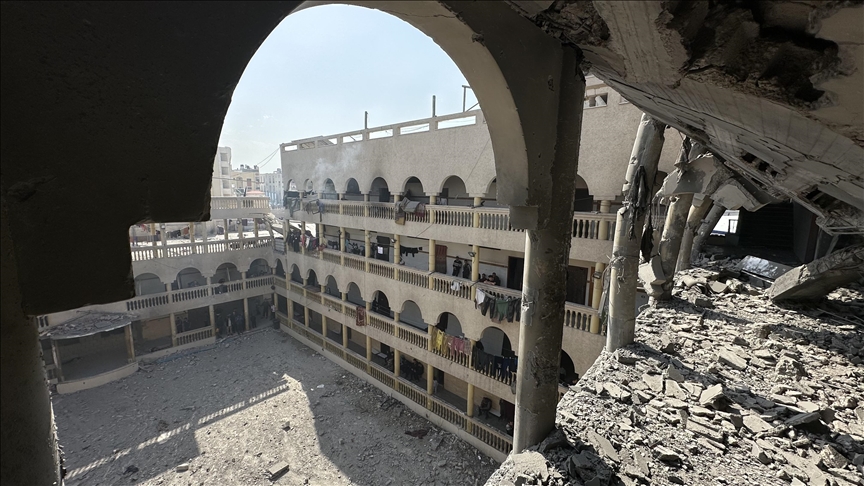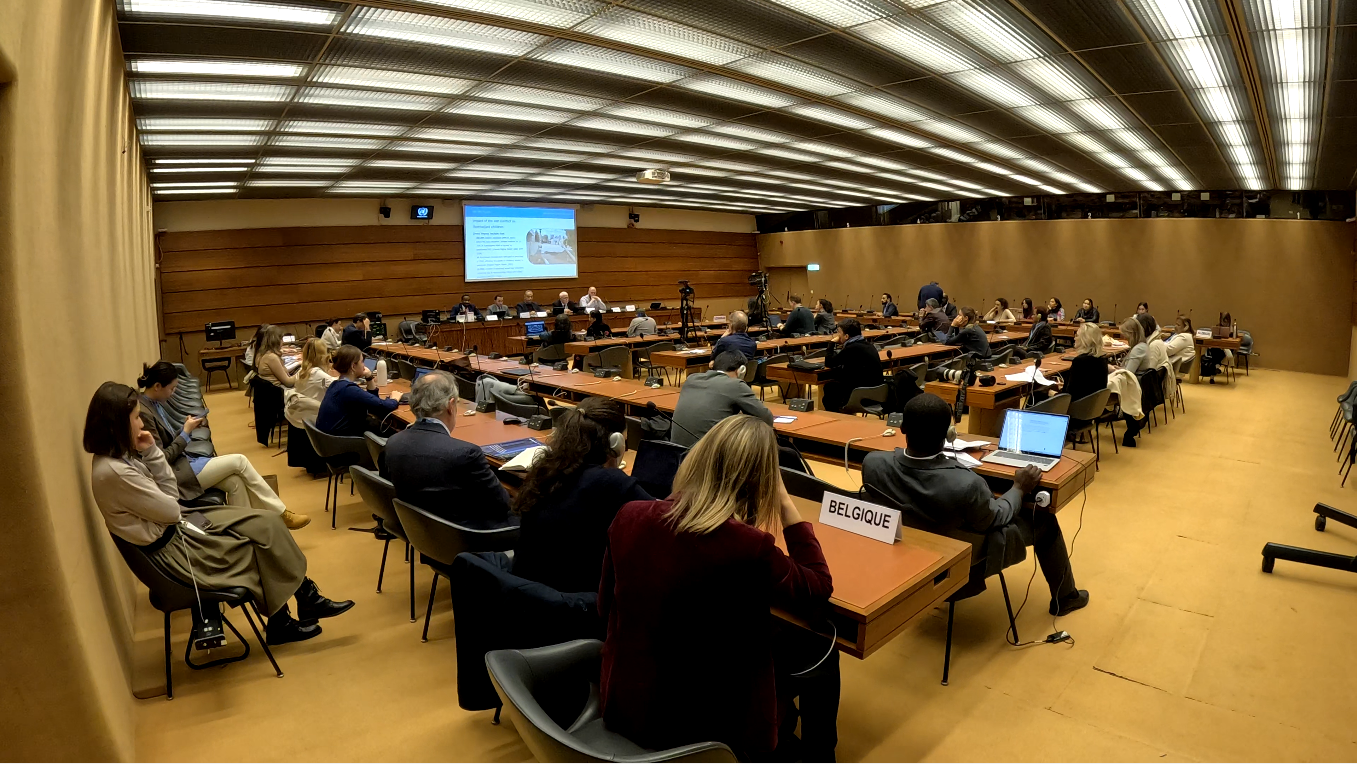The destruction of Azerbaijan’s material and cultural heritage by Armenians is an act of vandalism not only against Azerbaijan but also against human values, EDnews reports, citing The Gulf Observer.
"During three decades of Armenian occupation, more than 700 historical monuments, 22 museums, including 100,000 museum exhibits, 927 libraries, 58 archeological sites, 26 fortresses and fortress wall and other objects of the cultural heritage were destroyed, plundered or misappropriated by Armenia," reads the article.
"Cultural samples and ancient manuscripts of the 13th century Khudaveng monastery in Kalbajar district, as well as valuable exhibits discovered during archaeological excavations near Shahbulag fortress in Aghdam district, were smuggled to Armenia. A lot of reports were introduced to cover the act of vandalism committed by Armenians, but it did not receive much publicity in the world media circle. To illustrate the point, Armenians used mosques in the occupied lands of Azerbaijan as cattle pens, stables, and horse stalls. Having no proper respect for religious monuments, mosques, as well as sacred places, vandals continued their heinous actions even after the Patriotic War.
Gross violation of international humanitarian law, including UNESCO normative documents, such as the 1954 Hague Convention, its two protocols, as well as the 1970 Convention.
Along with Islamic religious monuments, Christian monuments have also become victims of vandalism. The use of 2 temples in Khojavand region as battle positions by the occupying forces, the writing of various words and phrases in Cyrillic and Armenian alphabets on the walls of a number of monuments is a manifestation of the indifferent attitude towards Christian religious monuments. In addition, 1 temple was completely destroyed in the liberated territories, and 20 temples were destroyed in different volumes and scales. At the same time, during the inventory, the fact of placing mines around and inside the cemeteries and 1 tomb was recorded. The liberated territories of Azerbaijan have been turned into a textbook example of urbicide, culturicide and ecocide," the author wrote.
"Azerbaijan is currently implementing large-scale restoration and reconstruction work in Karabakh and East Zangezur economic regions at its own expense. As part of the Great Return program, thousands of former IDPs have already returned to their native lands."









